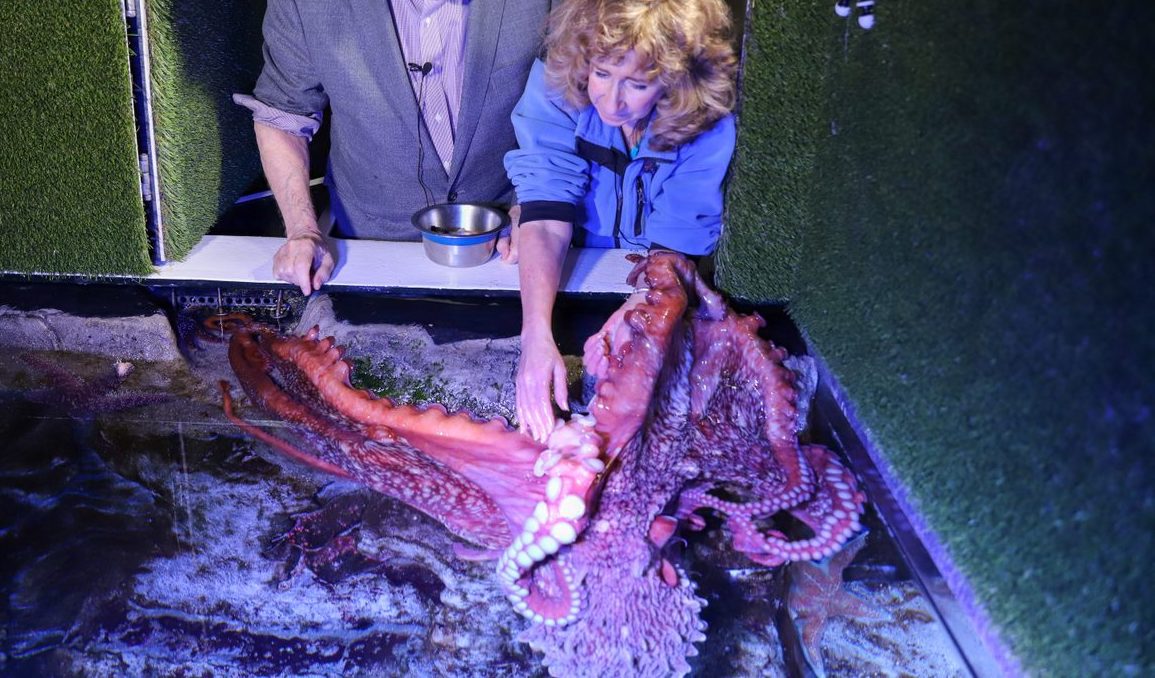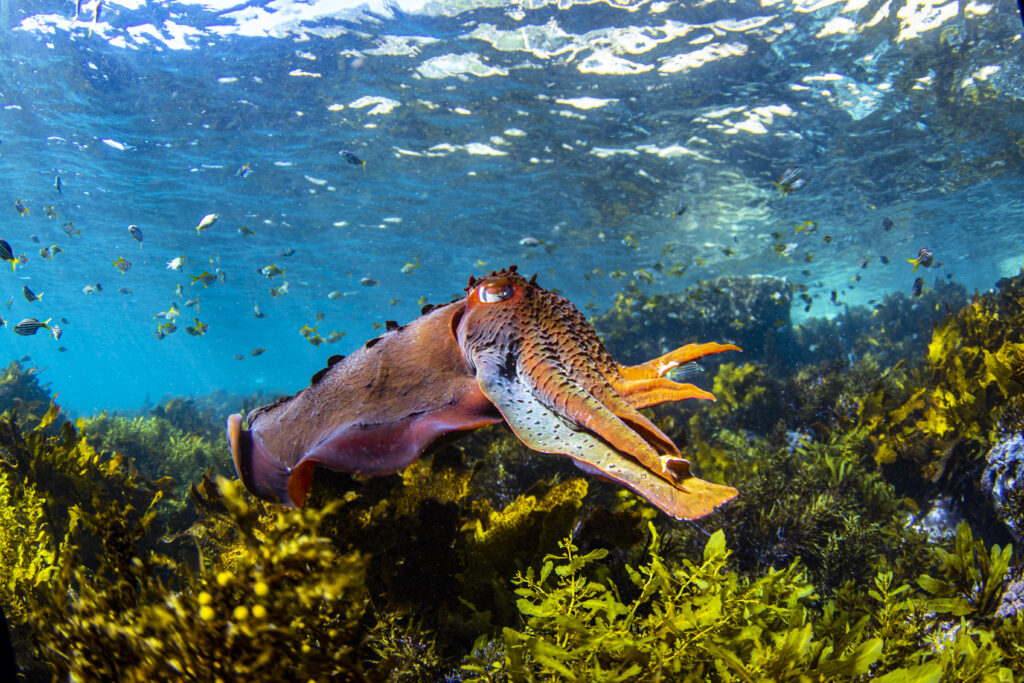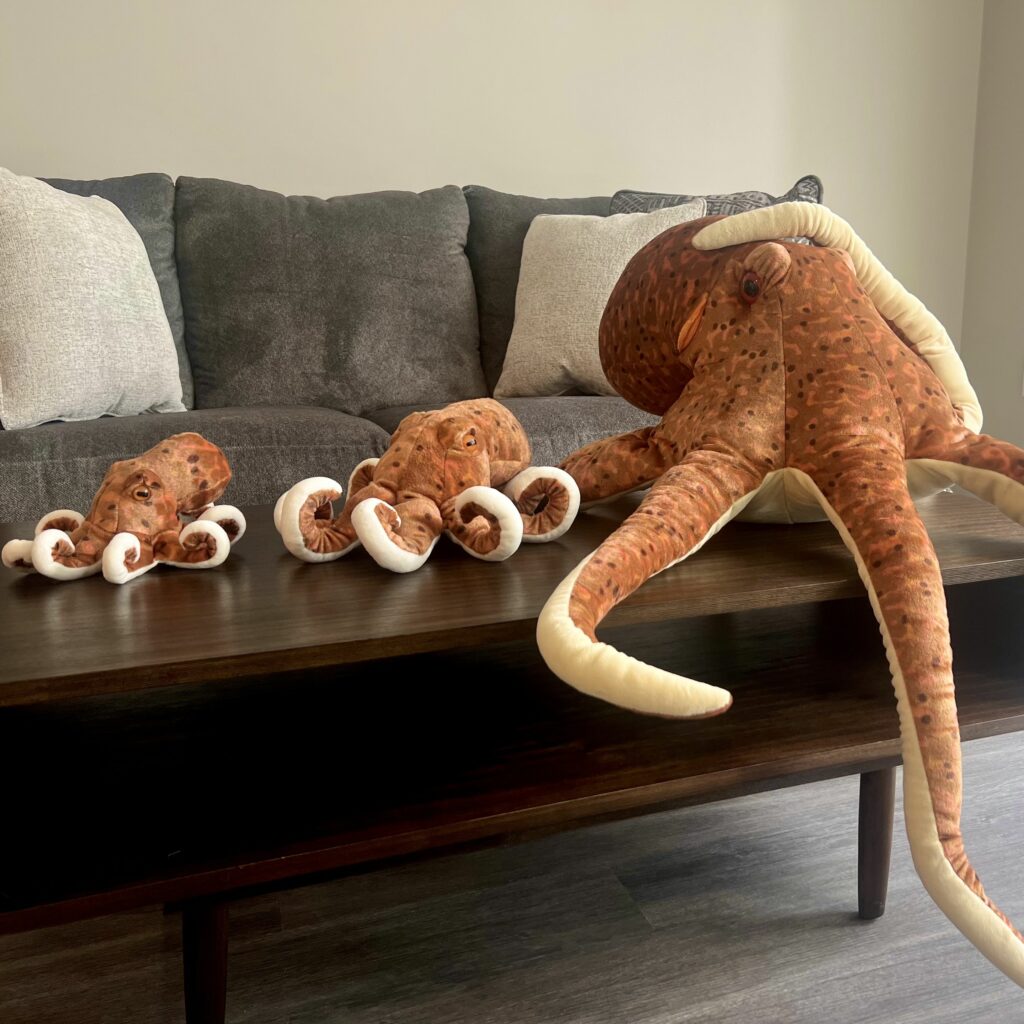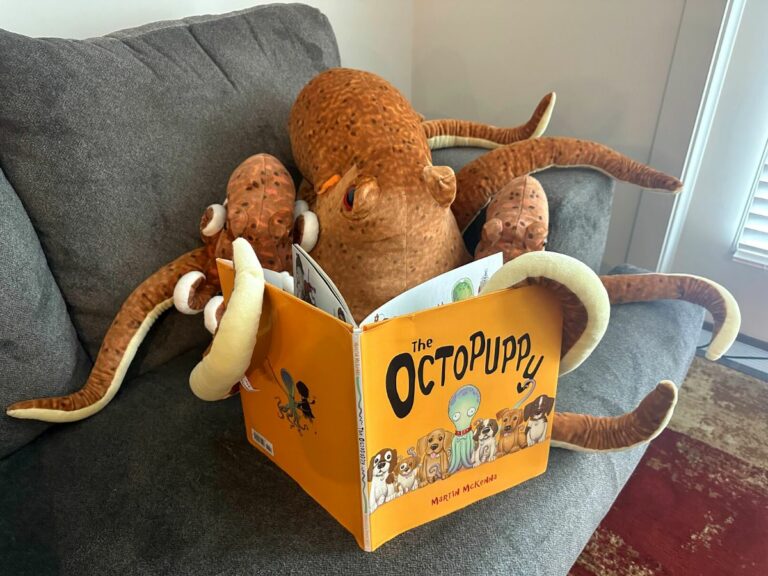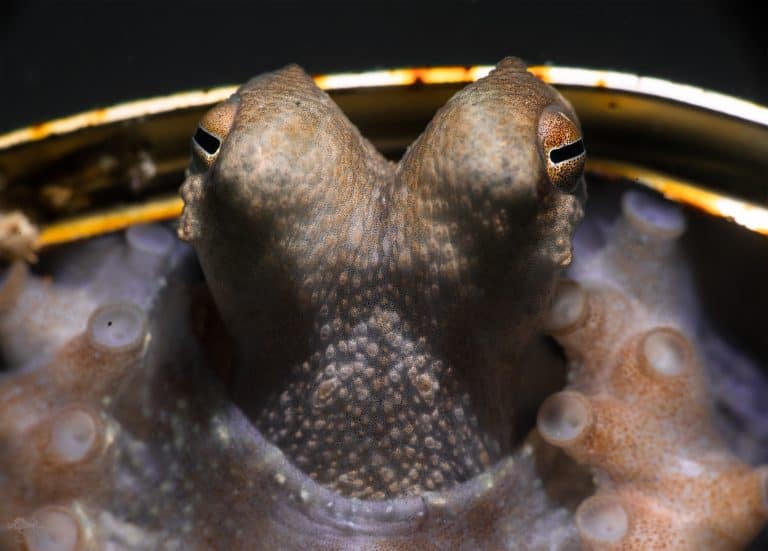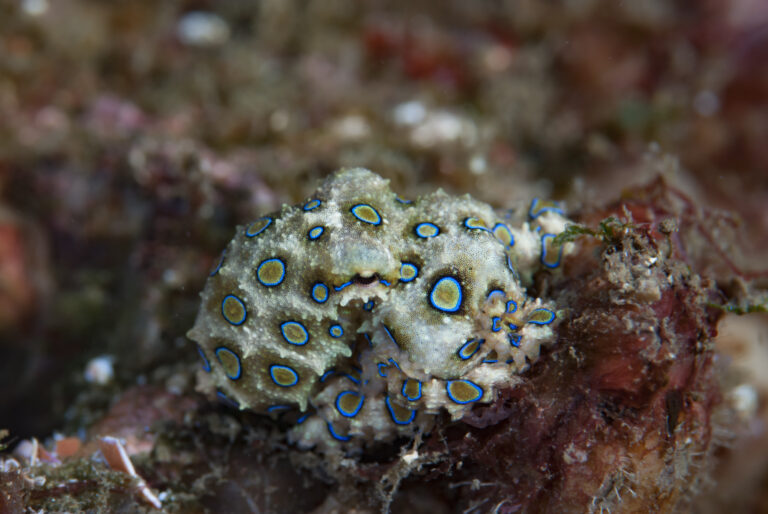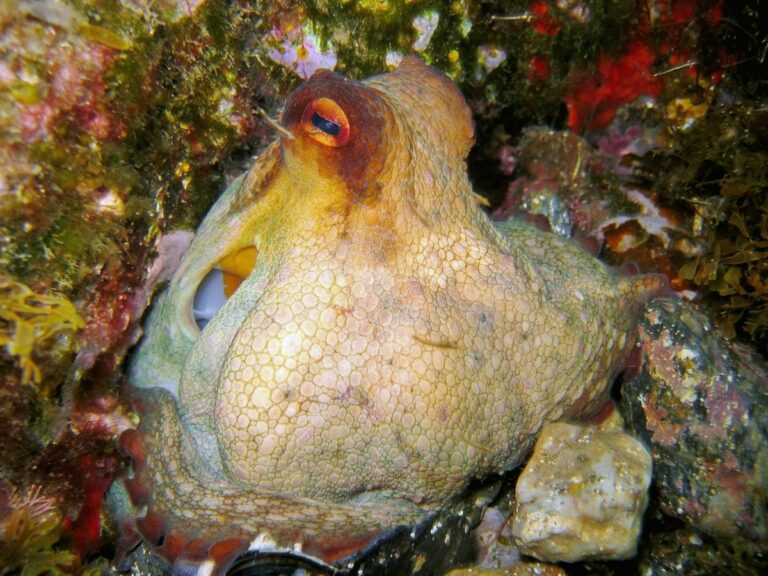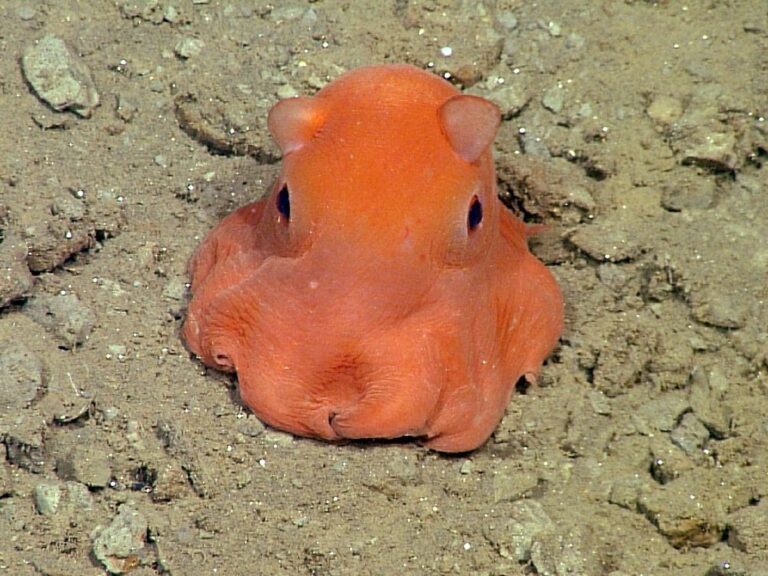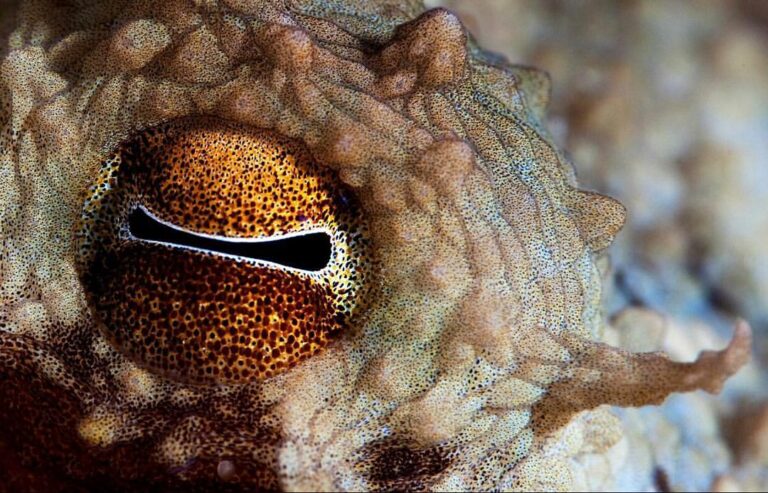What Does An Octopus Feel Like?
Squishy, velvety, slippery, but muscle-y—these are all accurate ways to describe how an octopus feels to the human touch. Read on to get a better sense of the answer as to what does an octopus feel like. We’ll also find out WHY an octopus feels the way it does!
If you touch an octopus, it will feel … *drum roll please*
Soft! Squishy! A little bit slimy! Kind of velvety! But also strong! And muscular! This combo may sound unlikely, but it’ll make more sense once you understand why octopuses feel this way.
An octopus’s body is mostly soft (that’s how they squeeze itself through rock crevices) and is covered in mucus, which may give it a slimy feel! But, don’t confuse soft and squishy with weak. On the contrary, octopus arms (and their suckers) are very strong.
Octopuses don’t have bones, and they don’t need them, either! But they do have muscles—many muscles, especially in those eight amazing arms (and everywhere else, too!). An octopus’s arms can go from floppy to rigid in an instant thanks to its unique skeleton.
Instead of rigid bones for support and movement, the octopus’s skeleton is made up of structures called muscular hydrostats, which consist of densely packed muscles and connective tissue fibers (no bones!).
Octopuses control the pressure inside their bodies (and suckers) using these muscular hydrostats, similar to the way a human tongue works and how an elephant’s trunk works. No bones, all muscle.
🐙 Octopus Fun Fact
The Giant Pacific Octopus has suckers that are capable of holding up to 35 pounds! With more than 2,000 suckers per arm, that’s a lot of sucker-ing power.
Read all about octopus suckers here!
It’s a family thing
As for those soft cephalopod bodies, it runs in the family.
Octopuses are mollusks, like snails, slugs, oysters, and clams. Many mollusks have hard outer shells to protect their soft bodies, but not octopuses! Ancient octopuses and squids had shells, though.
Research suggests these animals slowly lost their shells during the Jurassic and Cretaceous periods (66 to 200 million years ago).
Octopus relatives like cuttlefishes and squids have a bit of internal shell leftover from their ancestors’ body plans. In cuttlefish, it’s called the cuttlebone, and in squid, it’s called the pen or gladius. Cirrate octopuses also have an internal shell, which helps support their swimming fins.
🐙 Octopus Fun Fact
Chambered nautiluses are the only modern cephalopods with outer shells. They don’t need the same defenses other cephalopods have because they have this outer layer of defense. For instance, nautiluses don’t release ink.
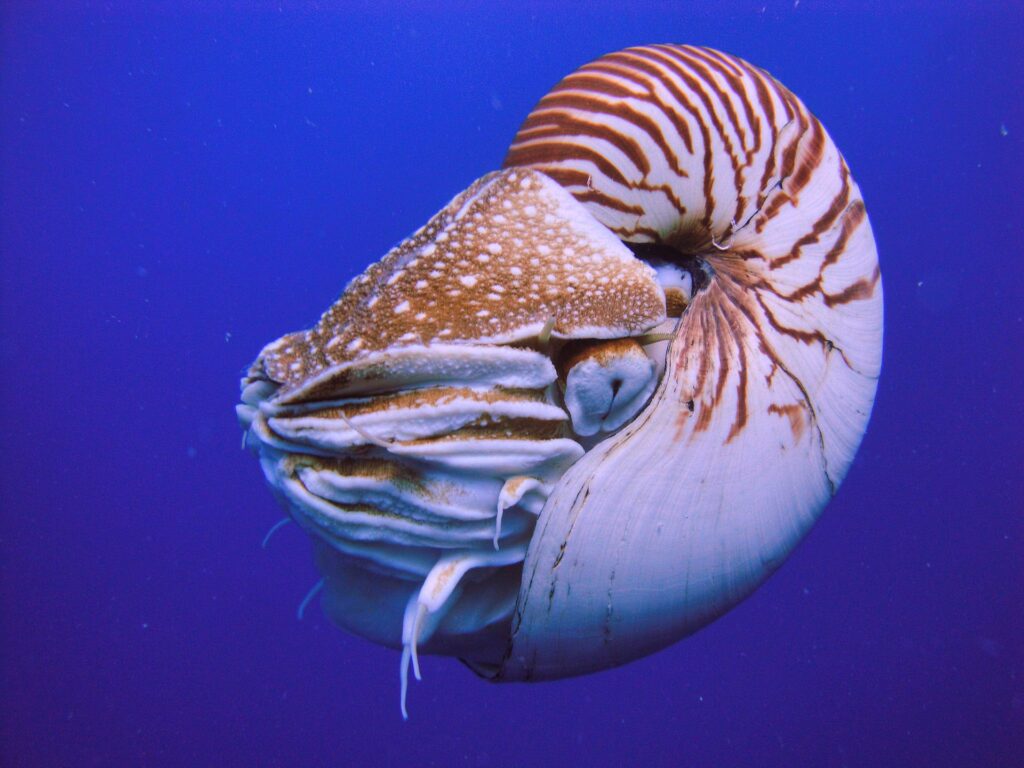
Can you feel it?
If you’ve read this all the way to the end, you can now imagine what an octopus feels like. Hopefully, the combination of squishy and muscle-y no longer seems strange to you at all!
If you enjoyed this post, check out our other awesome octopus FAQs!
If you want to educate yourself some more about all sorts of different cephalopods, take a look at our encyclopedia. Or, what we call it, our Octopedia!
Connect with other octopus lovers via the OctoNation Facebook group, OctopusFanClub.com! Make sure to follow us on Facebook and Instagram to keep up to date with the conservation, education, and ongoing research of cephalopods.
✨Click here to Adopt an Octopus!✨
More FAQs To Read:
- What Are 5 Things An Octopus Eats?
- Do Octopus Have Beaks?
- Do Octopus Have Tongues?
- Does An Octopus Have Arms Or Tentacles?
- How Do Octopus Mate?

Bethanie Hestermann is a freelance writer and author of animal-science books, including Zoology for Kids and Marine Science for Kids. She is a contributing writer for OctoNation! You can find all her books at www.zoologyforkids.com/books.
